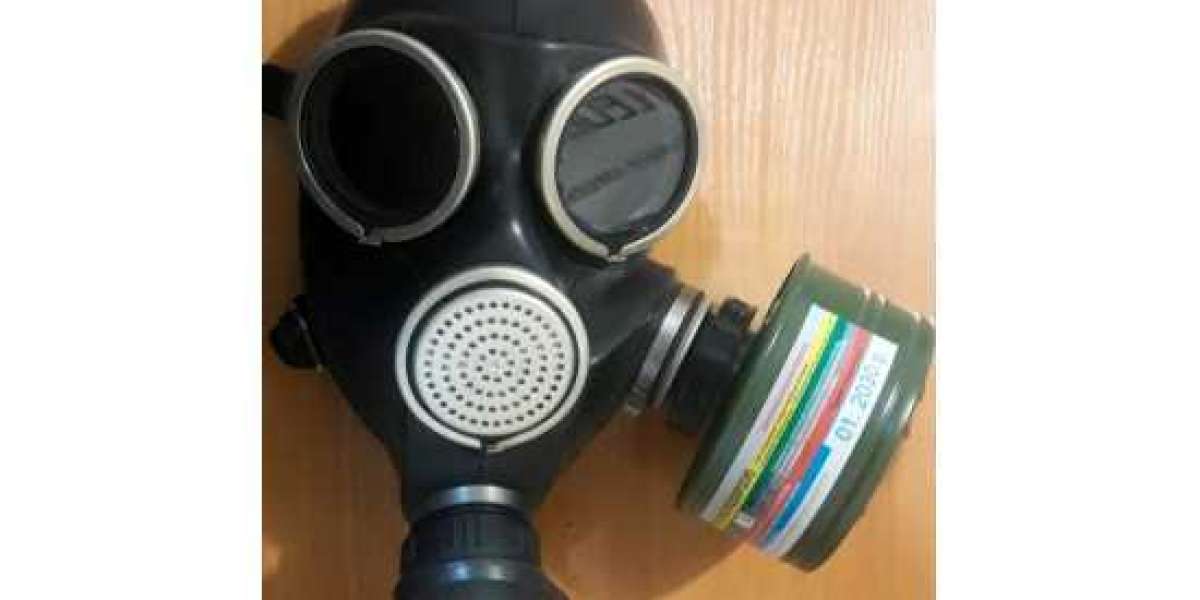What is potassium hydroxide used for?
Potassium hydroxide or potash is used in various industries. Potassium carbonate, potassium phosphate, liquid fertilizers, potassium soaps and detergents are the main uses.
What are the dangers of potassium hydroxide?
Causes pain, watery eyes, redness and swelling. Large exposures can cause severe burns and can lead to blindness. Chronic exposure: repeated exposure to dilute solution or potassium hydroxide dust has the effect of tissue destruction.
Is potassium hydroxide a carcinogen?
The National Toxicology Program (NTP), the International Agency for Research on Cancer (IARC), and the Occupational Safety and Health Administration (OSHA) do not recognize potassium hydroxide as a carcinogen. Potassium hydroxide has low toxicity to Marine species.
What is potassium hydroxide in chemistry?
Potassium hydroxide, also known as lye, is an inorganic compound with the formula KOH. Commonly known as caustic soda, it is a strong base that is sold in various forms, including granules, flakes, and powders. It is used in a variety of chemical, mining and manufacturing applications.
What is the pH of KOH?
KOH is an example of a strong base, which means it dissociates into ions in an aqueous solution. Although the pH of KOH or potassium hydroxide is very high (the range for typical solutions is usually 10 to 13), the exact value depends on the concentration of this strong base in the water.
Health hazards of KOH
The health risks of potassium hydroxide are similar to those of other strong bases, such as sodium hydroxide. Potassium lye and its solutions can severely irritate skin, mucous membranes, and eyes. When it comes into contact with water or moisture, it generates heat to trigger combustion. Potassium hydroxide is corrosive to tissue.








